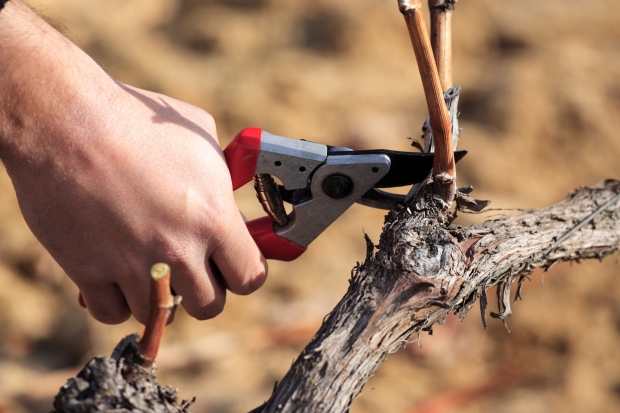How to Plant Outdoor Vines
Your vines are purchased, so now it’s time to get them in the ground. Planting vines can take more consideration than other garden plants, as most varieties tend to be perennials. Not only will they remain in one spot for years to come, but most will require a support structure that will impact the look of your garden.
So long as you choose carefully, vining plants will add beauty and versatility to your growing space. Here’s how to ensure they get the best start for better results long term.

Choose Your Location Carefully
While many vines are tenacious growers, you’ll need to choose their planting location carefully for the best results. Consider the soil type on your property, as well as sunlight exposure, drainage, and exposure to strong wind. Flowering vines will need six hours of daily sunlight at a minimum. Other vines can make do with four to six hours per day.

Aesthetics is another consideration. Vines can beautify boring and ugly areas fast, including fences and the sides of buildings. Plant them where you need a pop of color, and you’ll get a significant impact in minimal space.
Choose the Right Time of Year
Getting vines in the ground at the right time is critical. This can vary based on your location, but most varieties do best when planted between April and June. Wait until there’s a lower risk of frost and the soil is easy to work.

Prep the Planting Space
Prior to planting, prep the ground by pulling any weeds and tilling or turning up the soil. Add compost and any needed amendments (a soil test can help you determine what you need). You may want to add a support structure now so that you won’t disturb the plant roots.
Dig an Appropriately Sized Hole
Your planting hole becomes a vine’s permanent home, so don’t skimp on it. Dig a hole that’s at least twice the size of the vine’s root ball, and add some compost or aged manure to the bottom before putting in the vine.
Firmly pack soil around the roots, taking care not to cover the stem higher than where it was growing previously. Water in place and add more soil as necessary once it starts to settle.
For best results, let the plant roots soak in water for up to three hours before planting.
Start Pruning
Depending on the plant variety, it might make sense to prune vines soon after planting. Smaller plants will put more effort into root production, which is excellent news for perennials. So, consider snipping off excess growth and flower buds soon after planting to ensure the plant doesn’t overextend itself this first year.

Water Well and Often
The best way to help vines get established is to water them thoroughly. Refrain from watering too often, as that can stress plants. Instead, water infrequently but deeply, ensuring that the soil gets fully saturated. This encourages deeper root growth which stabilizes vines and helps them survive dryer conditions.
A Note About Spacing
More than most plant varieties, vines are known for being aggressive growers. Without regular pruning, they may overwhelm the space they’re given, and in some cases, even collapse their support structure. Prevent your plant from becoming a pest by being ruthless about keeping it contained and pruning back any wayward growth.
